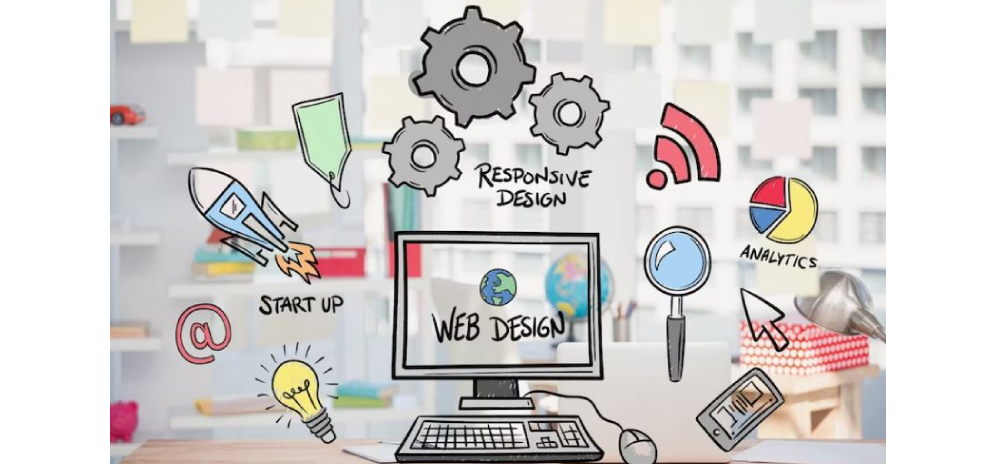
In the fast-paced world of web design, staying up-to-date with the latest techniques and trends is crucial to creating visually stunning and user-friendly websites. As technology continues to evolve, new techniques in web designing are emerging, enabling designers to push the boundaries of creativity and enhance the user experience. This blog explores some of the innovative techniques that are reshaping the field of web designing and revolutionizing the digital landscape.
Responsive Web Design
Responsive web design has become a cornerstone of modern web development. With the proliferation of mobile devices, designing websites that adapt seamlessly to different screen sizes and resolutions is essential. Techniques like flexible grids, media queries, and fluid images allow web designers to create responsive layouts that provide optimal viewing experiences across a range of devices. By prioritizing mobile-friendly design, websites can engage and captivate users, regardless of the device they are using.
Microinteractions
Microinteractions are subtle, interactive elements that add delight and functionality to a website. These small design details, such as animated buttons, hover effects, or progress indicators, create a sense of interactivity and engagement for users. Microinteractions can enhance the overall user experience by providing instant feedback, guiding users through processes, and making interactions more intuitive and enjoyable.
Parallax Scrolling
Parallax scrolling is a technique that creates a captivating and immersive user experience by moving different elements of a web page at different speeds as the user scrolls. This creates a sense of depth and dimension, making the website visually dynamic and engaging. Parallax scrolling can be used to tell a story, highlight key features, or add a unique visual flair to the design. However, it is important to use this technique judiciously, as excessive parallax scrolling can negatively impact performance and usability.
Minimalistic Design
In recent years, minimalistic design has gained popularity in web design. This approach focuses on simplicity, clean layouts, ample white space, and clear typography. Minimalistic design allows for easy navigation, faster loading times, and a clutter-free user interface. By emphasizing essential elements and removing unnecessary distractions, designers can create visually appealing websites that are easy to navigate and communicate their message effectively.
Advanced Animation and Effects
Advancements in technology have opened up new possibilities for incorporating sophisticated animations and effects into web design. From subtle transitions and hover animations to complex particle effects and 3D elements, designers can add depth, interactivity, and visual interest to their websites. These animations and effects should be used purposefully, enhancing the user experience without overshadowing the content or negatively affecting performance.
Dark Mode
Dark mode has gained popularity as an aesthetic choice and for its potential benefits, such as reducing eye strain and conserving device battery life. Designers are now incorporating dark mode options into their websites, allowing users to switch between light and dark color schemes. Implementing dark mode requires careful consideration of color contrast, readability, and maintaining a consistent visual identity across both modes.
Conclusion
As the web continues to evolve, so does web design. New techniques and trends emerge, allowing designers to create immersive, user-friendly, and visually stunning websites. From responsive design and microinteractions to parallax scrolling and minimalistic approaches, these techniques enhance the user experience, promote engagement, and push the boundaries of digital creativity. By staying abreast of these innovations and embracing new techniques, web designers can shape the future of the digital landscape, creating memorable experiences for users and making a lasting impact in the online world.



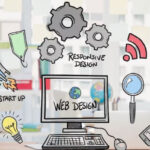





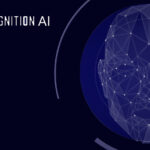



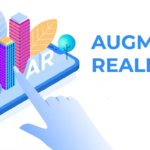

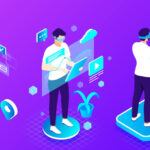


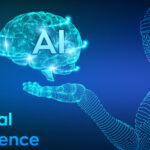













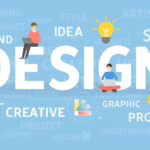




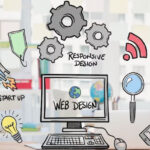







Recent Comments